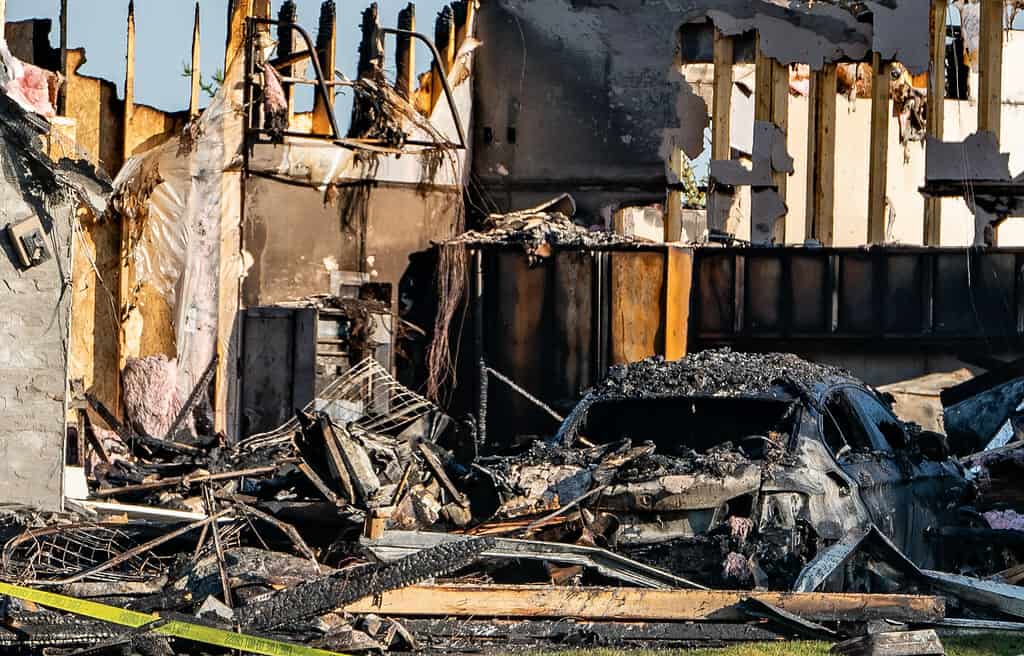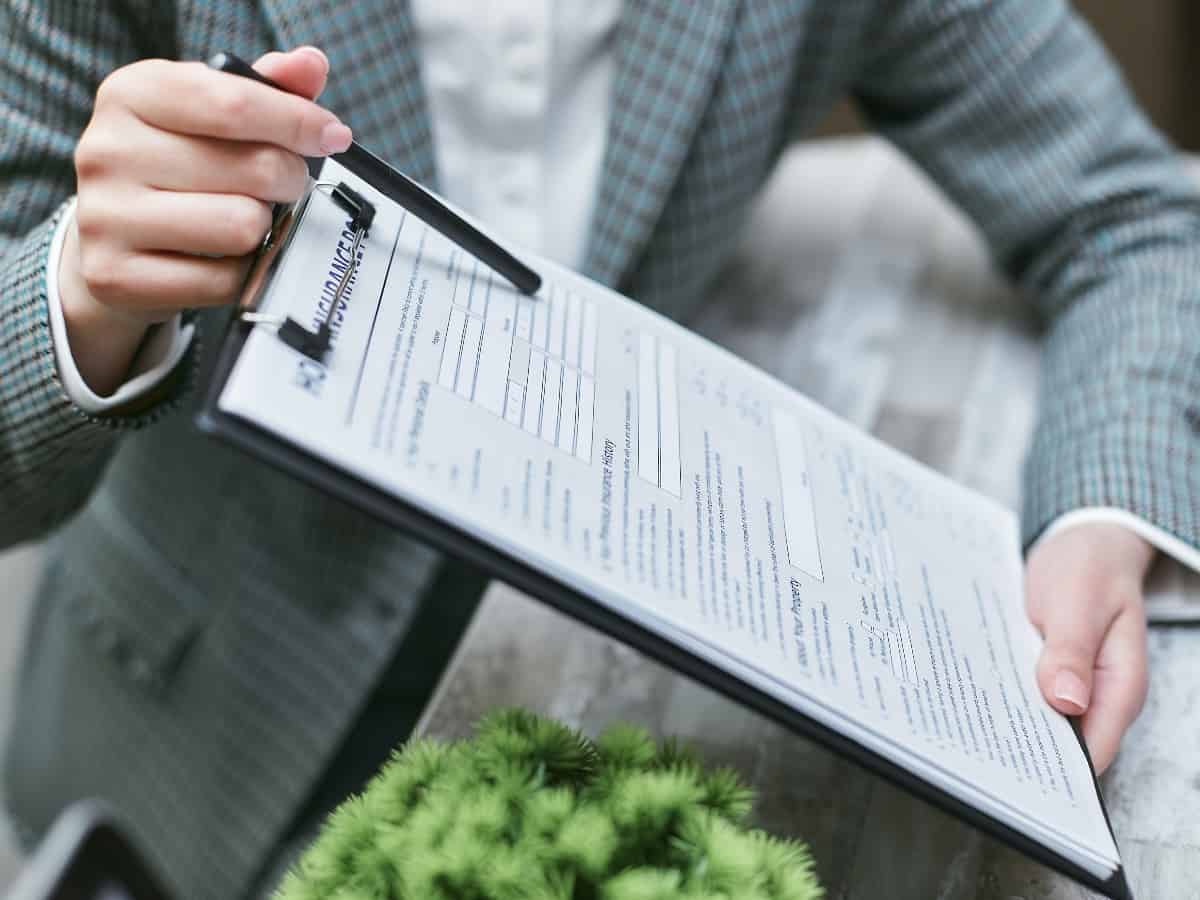Depending on the level of damage your home incurs, a home insurance claim process can be simple. Or, it can be a drawn-out ordeal. Whether your loss is through theft, vandalism, or a natural disaster will determine how complicated or straightforward your insurance claim might be.
Homeowners Insurance – What’s In Your Policy?
A home insurance policy has different coverage areas with individual coverage levels — explaining what each section covers. Knowing your coverage will be the first step in understanding what your policy covers and what it does not.
Insurers divide your policy into different areas that cover the following items.
Insurance That Covers Your Dwelling
At the heart of your home insurance policy, coverage for your dwelling is the amount the policy will pay to repair or replace your home. Insurers calculate the replacement value of your home in several ways. Yet, replacement cost generally determines the value. In light of today’s increase in home values, checking your policy to ensure you have enough coverage to repair or replace it would be wise.

Insurance Covering Your Personal Property
Not listed in the value of your dwelling is personal property, which is the items you own. This list includes clothing, personal items, furniture, electronics, coin collections, gun collections, jewelry, and other valuables that are not a part of the dwelling.
The amounts you have these items insured for are also a part of your policy. It would help if they had your consideration from time to time because they too will cost more to replace than when you purchased them.
Insurance That Covers Other Structures And Outbuildings
Stand alone garages, shops, barns, greenhouses, and other outbuildings are generally assigned a different value than your dwelling and personal property. But, like everything else you own, they too have a value that is usually based on what it would cost to replace them in the current market.
Insurance For Liability And Medical Expenses
One of the last things a homeowner wants to think about is someone getting injured on their property. However, it does happen. Liability and medical insurance can cover most incidents. It is good protection in the event of a mishap by a friend, contractor, or visitor to your home.
Insurance For Additional Living Expenses (ALE)
Suppose you can’t remain in your home because it is uninhabitable. In that case, ALE provides living costs that will cover the rental price while your home is being repaired. Like every other aspect of the house, insurance ALE has a dollar value that it will cap. So it will pay up to that amount for alternative lodging while your home is being repaired or rebuilt.
How To Make A Home Insurance Claim
Now, you know the parts of your policy and need to determine if you need everything your home insurance has to offer or only part of its protection. As you see, there is more than one reason to use the home insurance claim process. For example, theft and vandalism may require a call to local law enforcement. In contrast, a partially removed roof will require immediate repair, an estimate, and a visit from an insurance adjuster. As you can see, the home insurance claim process will be slightly different for each instance.

File A Police Report – If Necessary
If someone breaks into your home or vandalizes it, you need a police report to file a home insurance claim. In some cities, that will mean an immediate visit by an officer. In contrast, other cities provide a way to file a report online. Once you make the report, you can print it and present it to your insurance company.
Document The Damage
If you haven’t taken pictures of the damage to your home by this point, do it now and be thorough. You will need evidence of the damage for the home insurance claim process.
Contact Your Insurance Company.
If you have not called your insurance company by now, it is time to do so. First, tell them if you have had a theft, damage due to a natural disaster, fire, or a damaged outbuilding. At this point, your insurer will tell you how to proceed.
Make Emergency Repairs — If Necessary.
If you have an emergency that warrants attention, take care of it immediately. Leaving your home open to further damage may make it harder to repair. Do not get involved in extensive debris removal or repairs until you have photographed the damage and spoken with your insurer.

Prepare For A Visit From An Insurance Adjuster.
After filing a home insurance claim for property damage, an insurance adjuster will visit your property. When they arrive, please give them the photos you have taken, your lists of items you own, and what you have lost.
They will assess the damage and determine the cost of repairs based on whether the item will be repaired or must be replaced. After the adjuster has determined the value of your loss, you will be paid.
Review The Settlement From Your Insurer — BEFORE SIGNING
Please review this document carefully because you agree to the payment terms once you sign it. You may find the replacement price quoted by the adjustor is a long way from quotes given to you by contractors. If you agree with the settlement straight away, you will have no room for negotiating the amount paid to you by your insurer for your loss.
Call The Professionals to Get Quotes For Home Repairs
Once your insurer pays you, you can hire whom you need to repair and rebuild your home. Quotes from contractors can help convince your insurer you need more than they offer. So, do not make an offer before you look at it very carefully.
You Have Your Settlement Money — Now What?
Do You Have A Lender?
When filing a home insurance claim on a home with a mortgage, notify your lender after calling your insurer. They should be kept in the loop while your home is being repaired because they also have a financial interest in the outcome.
Do You Own Your Property Outright?
If you own your property, you will have more options with the settlement you receive on your claim. With these funds, you can rebuild your home, or you may not. Or, you may want to build something new and different. Without a lender in the picture, the money is yours, to do with as you please.
How Long Does The Home Insurance Claim Process Take?
For claims that do not require rebuilding a home from the ground up, most can be finalized in 30 days. However, there are differing cases. For example, insurers are given up to 90 days to decide in Florida. They must then pay the claim within 20 days of their decision. But knowing that every state is different, you can ask your insurance company what their policy is on this issue in your state.
Tips On Protecting Your Assets
One of the most significant factors in whether you are paid for the loss of valuables is the ability to prove you owned them and had them insured. Most home insurance policies will cover jewelry, electronics, guns, and other high-value items to a specific dollar value on a standard policy.
Suppose you have valuables that exceed the value of what your home insurance policy will pay. In that case, you need to add on insurance to cover their loss if stolen or lost. This is the same for insurance covering outbuildings and other valuable items. So, make lists of everything, keep it safe.
The best way to prove ownership of personal property is to record the serial numbers and describe each item with an attached photograph. Send a copy to your insurer and put the other document with your home insurance policy in a safe place.

What Is An Insurance Rider, And Do I Need One?
Suppose you have items with a value above your policy’s base value. In that case, you need a separate policy called a rider. Add the rider to your homeowner’s policy to cover these items in the event of a loss.
If you have riders for separate insured items, you also need to know what they cover. For example, different home insurance policies may include additional coverage for jewelry. These policies can also cover expensive collections such as guns, coins, or antiques. You can also purchase extra coverage for other items not covered in your primary home insurance.



